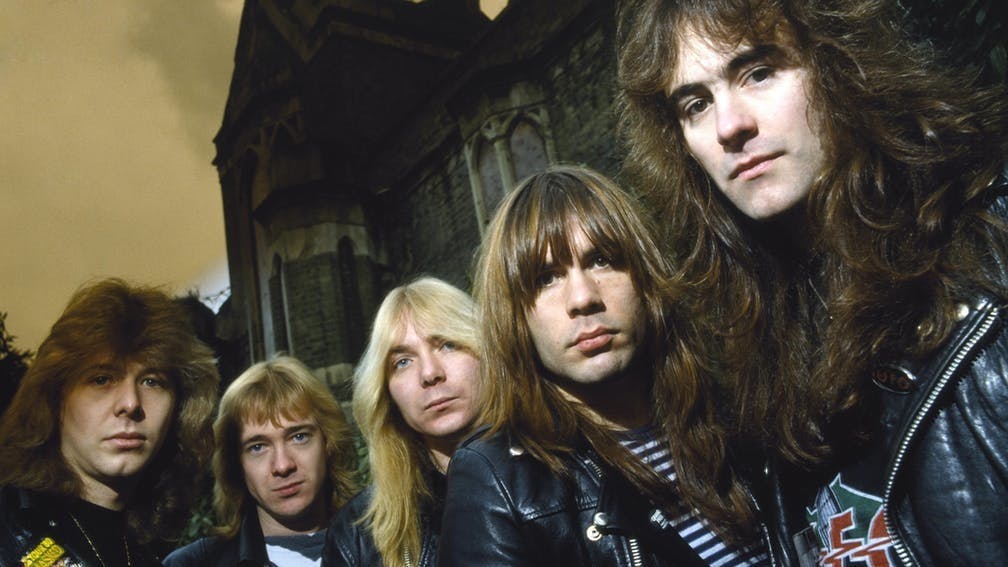There had been a tour, in Italy, in October of 1981, and a November show in London, plus a Christmas gig at the Ruskin Arms on December 23, but in the days before the internet, the new boy remained something of a mystery to all but those not in attendance. That changed on February 12 the following year. Having quickly gone into the studio with Killers producer Martin Birch to work on the follow-up, the first fruits emerged five weeks ahead of its parent album’s release. And with it, the starting pistol on Maiden’s explosion was well and truly fired.
Telling the story of the colonisation of America from the viewpoint of both the indigenous people and the invading forces, Run To The Hills not only showed off the new singer’s talent, but also the band’s growing ambitions. Songs like Phantom Of The Opera from their debut had showed an expansive side to the band, but with Bruce’s voice up front, it was clear that their horizons had just expanded significantly. While his predecessor could hit those high notes, Brucie clearly had a range and skill that could be truly harnessed into epics. Even on the single’s classic verse-chorus-verse four minutes, it was clear that things were going to be very different from here on in.
The single peaked at Number Seven in the UK Singles Chart, by some distance Iron Maiden's highest score to date, and when it was released on March 22, The Number Of The Beast went to the top spot in the Album Chart. And thus, even from that first introduction with Bruce, it was clear that, far from changing singers presenting a problem, Maiden had traded up for a vocalist who would help them become the greatest heavy metal band of all time.
Read this next:
